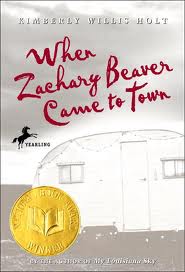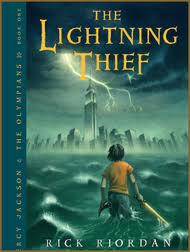Charlotte's Web is a book I have always known about, and even seen the movie, but never actually sat down a read. I was glad that I had finally found the opportunity to read it all the way through. We all know the tale in this book so I won't waste words with a summary.
I think that this is a book that should be in my library with multiple copies for my students. I think that this is one of those books that should be read by all students because it has stood the test of time and is still a great piece of literature.
I would use this book in many ways int he classroom. I could use it as a bookclub book in grades 4&5 or as a read aloud book in grades 3&4. I think that the story of friendship would be a great conversation starter and could have the students do some critical thinking of their own friendships and the types of friends they are.
This book would also be a great book to use to teach reading strategies since the text is difficult enough to use inferencing but the story line is still relatable enough to teach a student how to connect to a text. There are also a lot of lesson plans available for use online that would give new teachers like myself a starting place for some great ideas.


































